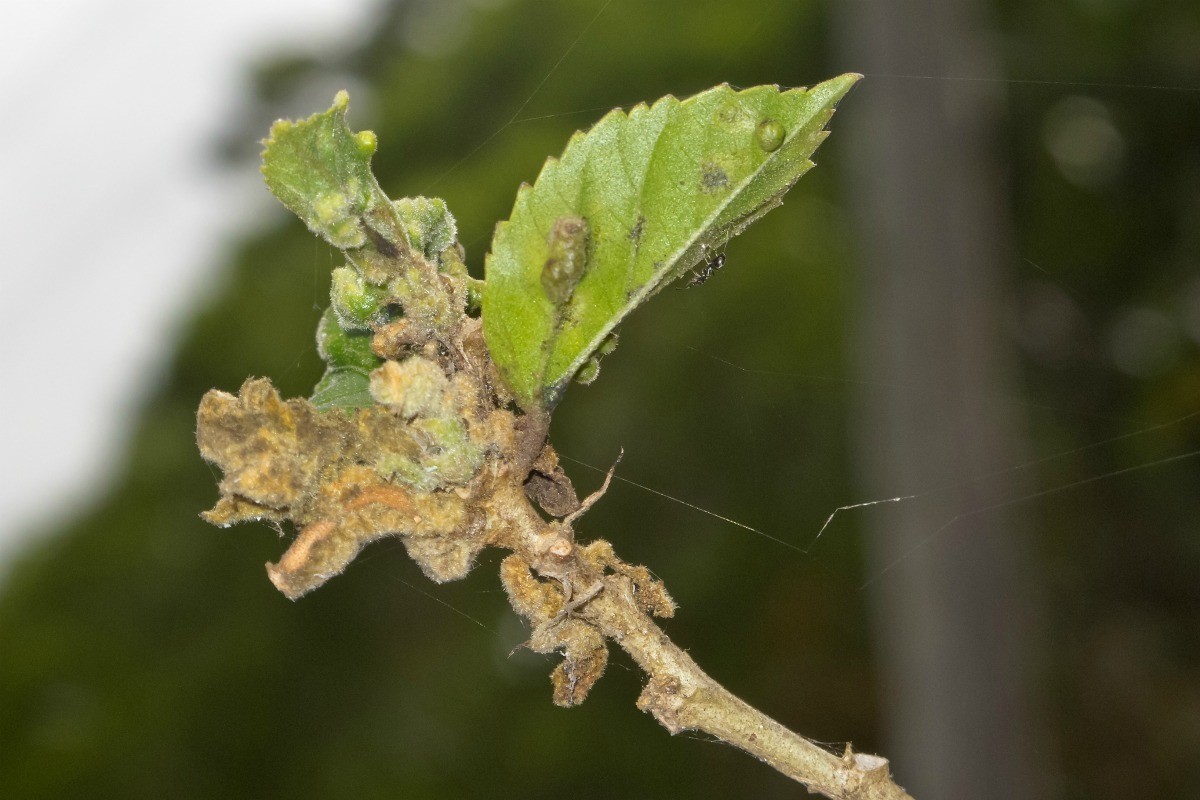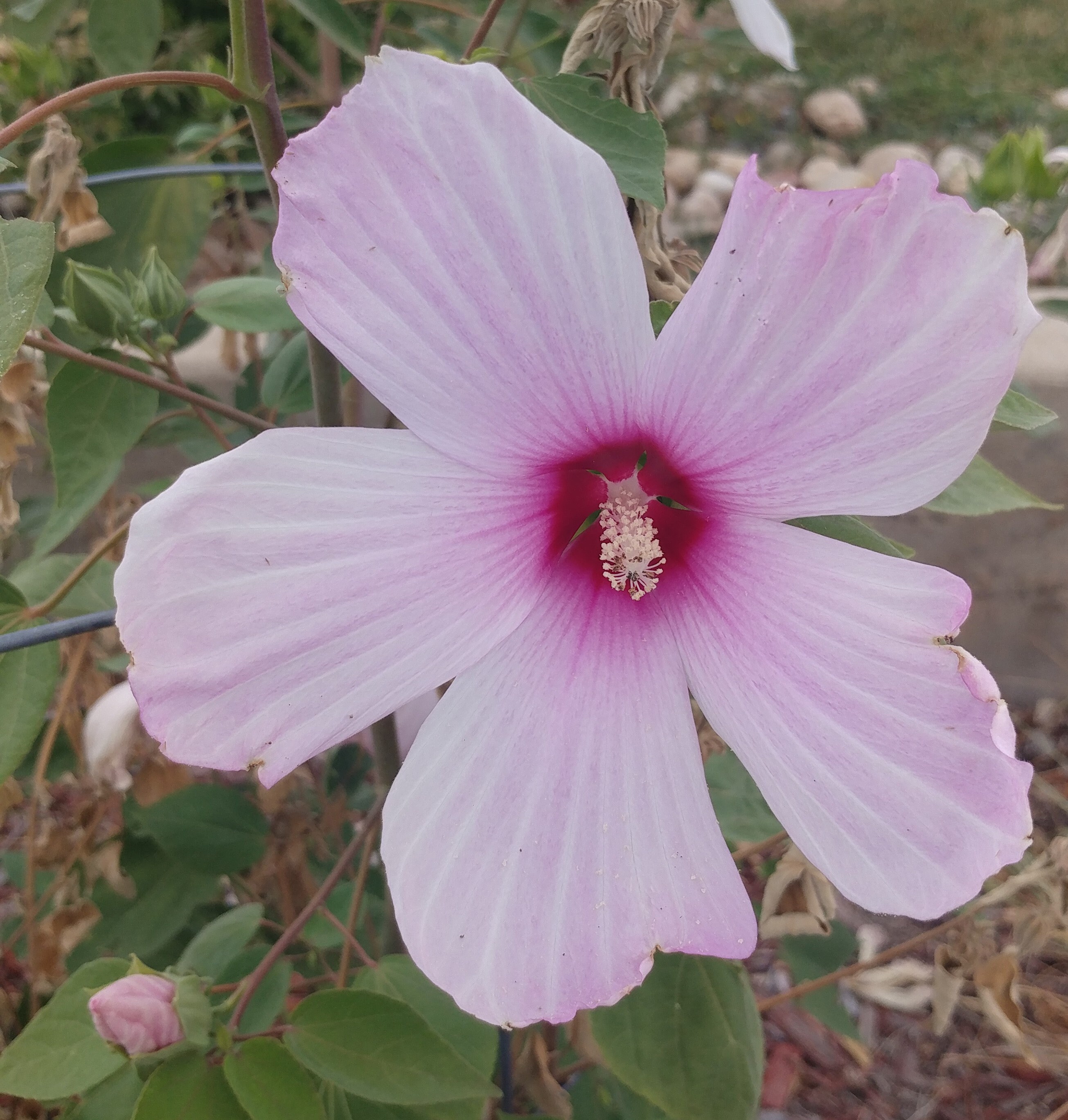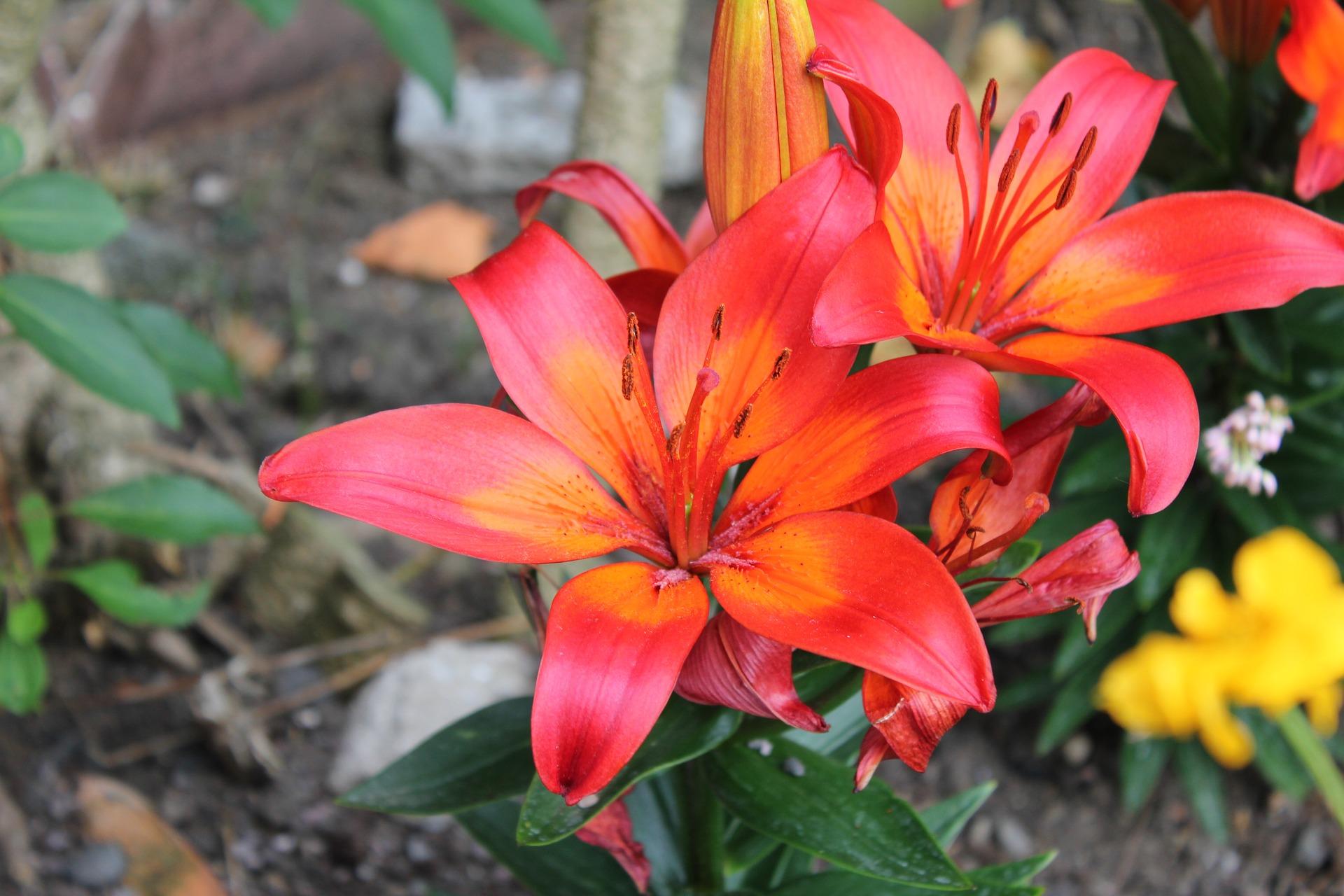This time, we’re going to talk about Hardy Hibiscus For Zone 8A. There is a lot of information about Texas Star Hibiscus on the internet, of course. Social media are getting better and better quickly, which makes it easier for us to learn new things.
Hardy Hibiscus Varieties and The Five Best Annual Flowers For Zone 8 are also linked to information about Hardy Hibiscus Zone. As for other things that need to be looked up, they are about Does Hibiscus Come Back Every Year? Yes, Some Types Do and have something to do with Does Hibiscus Come Back Every Year? Yes, Some Types Do.

14 Unexpected Facts About Hardy Hibiscus For Zone 8A | Texas Star Hibiscus
- Peppers might not come to your mind when thinking about ornamental plants, but don’t discount them! Ornamental pepper plants bring both beautiful glossy leaves and bright red and yellow pops of color to an ornamental bed or container. In zone 8, ornamental peppers thrive on the extended growing season and full sun throughout the summer months. The peppers are also edible, though some may consider them too spicy. This has the added benefit of keeping common pests, such as rabbits and deer, out of your flowerbeds naturally! - Source: Internet
- Brandy Punch Hibiscus moscheutos ‘Brandy Punch’ If you want loads of color in your yard, you can’t go wrong with ‘Brandy Punch’ hardy hibiscus. This profuse bloomer produces masses of huge, bright pink flowers with red throats and dark pink veins. Plus, the plants have bronze leaves with green and purple highlights. ‘Brandy Punch’ grows 3 to 4 feet tall and wide. Zones 5-9 - Source: Internet
- Mocha Moon Hibiscus ‘Mocha Moon’ A member of the new generation of perennial hibiscus, ‘Mocha Moon’ shows off 8-inch-wide creamy pink flowers that have a dark red-pink center. It has dark green foliage flushed with purple and grows 4 feet tall and 6 feet wide. Zones 4-9 - Source: Internet
- Mars Madness Hibiscus ‘Mars Madness’ A newer variety of hardy perennial hibiscus, Mars Madness shows off rich red-pink flowers from midsummer through the fall. Those beautiful blooms are accented by attractive coppery-green new leaves. It grows about 4 feet tall and 6 feet wide. Zones 4-9 - Source: Internet
- In just about any region of the U.S., you can grow big, beautiful hibiscus flowers. Double-check your area’s hardiness zone to make sure that you choose the tropical or hardy type that can make it through your winter’s worst weather. - Source: Internet
- Perennial hibiscus has similar care needs to tropical hibiscus. Both plants will perform best in full sun and need plenty of water to thrive. It’s best never to let the soil around either hibiscus dry out completely, which often means watering them daily. They might even need a drink twice a day if your region is especially hot and dry or you’re growing them in a container. Adding an inch-thick layer of mulch or compost around your hibiscus will also help the soil retain more moisture. - Source: Internet
- Begonias are a hugely popular annual flower in Zone 8, with over 1,500 species to choose from. This is a shade-loving flower that blooms constantly throughout the zones long growing season but should be planted well after the last frost. Most begonia species are around 12-14 inches high, with blooms that range from reds and pinks to yellow and white. This plant prefers well-drained soil to prevent root rot and grows beautifully in both beds and containers. - Source: Internet
- In areas with long spells of freezing weather, your best bet for enjoying the tropical look of hibiscus in your garden is choosing a hardy type, most of which can be grown where temps can get as low as -20°F (Zone 5 and above). There are several hardy hibiscus species, but the one with flowers that look most like the tropical species in terms of colors, size, and shape is known as rose mallow (Hibiscus moscheutos). Although this perennial hibiscus tends to bloom later in summer than its tropical cousin, some varieties can produce flowers as big as dinner plates! - Source: Internet
- Native to warmer regions of Asia and the Pacific Islands, tropical hibiscus is only hardy in Zones 10-11, where the temperature generally doesn’t dip below freezing (32°F). That means it won’t survive outdoors in a winter that gets colder than that. This shrubby plant can survive an occasional frost, but its stems and leaves may die back a bit. As long as the roots don’t freeze, you can prune the dead parts away, and new growth will sprout in spring. - Source: Internet
- Midnight Marvel Hibiscus ‘Midnight Marvel’ Deep scarlet flowers blooming atop red-purple foliage makes ‘Midnight Marvel’ hardy hibiscus a must-have addition to your landscape. This gorgeous variety has an extended bloom season and flowers through early fall. Flowers measure 8 to 9 inches across and the plants grow 4 feet tall and wide. Zones 4-9 - Source: Internet
- Cherry Brandy Hibiscus moscheutos ‘Cherry Brandy’ Throughout the summer, ‘Cherry Brandy’ hardy hibiscus produces an endless supply of red flowers that measure 8 to 10 inches wide. Like its cousin ‘Brandy Punch’, this stunning variety also sports bronze foliage with green and purple markings. It’s relatively compact for a hardy hibiscus, growing 3 to 4 feet tall and wide. Zones 5-9 - Source: Internet
- Disco Belle Pink Hibiscus moscheutos ‘Disco Belle Pink’ Disco Belle Pink is a dwarf variety of hardy hibiscus. It shows off large, 8-inch-wide flowers on tidy 30-inch tall plants that grow 24 inches wide. Zones 4-9 - Source: Internet
- Luna Pink Swirl Hibiscus moscheutos ‘Luna Pink Swirl’ Luna Pink Swirl is a dwarf hardy hibiscus that shows off 8-inch-wide pink-and-white flowers from midsummer to early autumn. It grows 3 feet tall and wide. Zones 5-10 - Source: Internet
- The United States Department of Agriculture (USDA) developed and maintains the Plant Hardiness Map. This map is broken down into 13 Zones to help you pick plants that will thrive in your area. Zones are blocked out according to the lowest average winter temperatures in those areas, much like a weather map. Each zone is also classified as northern or southern as well. For example, Zone 8a indicates the area is in the north and Zone 8b indicates the south. - Source: Internet
 Here are a few tips to help you find information about The Five Best Annual Flowers For Zone 8:
- Look for good places to get information about Does Hibiscus Come Back Every Year? Yes, Some Types Do. This can be done in libraries, on websites, or even by paid journalists.
- When looking for information about Hardy Hibiscus Vs Tropical Hibiscus, it's important to know that there are different kinds of online sources, like Google and YouTube. Social media sites like Facebook and Twitter are also good places to look for information about Texas Star Hibiscus.
Here are a few tips to help you find information about The Five Best Annual Flowers For Zone 8:
- Look for good places to get information about Does Hibiscus Come Back Every Year? Yes, Some Types Do. This can be done in libraries, on websites, or even by paid journalists.
- When looking for information about Hardy Hibiscus Vs Tropical Hibiscus, it's important to know that there are different kinds of online sources, like Google and YouTube. Social media sites like Facebook and Twitter are also good places to look for information about Texas Star Hibiscus.Video | Hardy Hibiscus For Zone 8A
To get the best information about Hibiscus or something else? Zone 8a., you should read to find out how true each source is.
This article has a few videos from different places about Hibiscus or something else? Zone 8a. that will help you learn more about it. The Internet is a great place to find out about a wide range of things.
## Here are some crucial points concerning Hardy Hibiscus Vs Tropical Hibiscus:- Hardy Hibiscus For Zone 8A
- Hardy Hibiscus Zone
- Hibiscus Perennial Care
- Texas Star Hibiscus
- Hardy Hibiscus Varieties

With so many websites and forums that talk about Texas Star Hibiscus, it shouldn’t be hard to find what you need.
Most people are used to getting information about Hardy Hibiscus Vs Tropical Hibiscus in a very different way than this. It lets you look at the information about Hardy Hibiscus Vs Tropical Hibiscus and how it can be used in more detail.
 ways to put information about The Five Best Annual Flowers For Zone 8 in a way that looks good and is useful. They can be used in business and marketing, and they can also be used to talk about Texas Star Hibiscus. So, we also give you some pictures about Planting Hibiscus In-Ground.
ways to put information about The Five Best Annual Flowers For Zone 8 in a way that looks good and is useful. They can be used in business and marketing, and they can also be used to talk about Texas Star Hibiscus. So, we also give you some pictures about Planting Hibiscus In-Ground.
In the end, this article gives a summary of Does Hibiscus Come Back Every Year? Yes, Some Types Do. Also talked about are The Five Best Annual Flowers For Zone 8 and hardy hibiscus for zone 8a, which you can use to compare how much you know about Hibiscus or something else? Zone 8a..